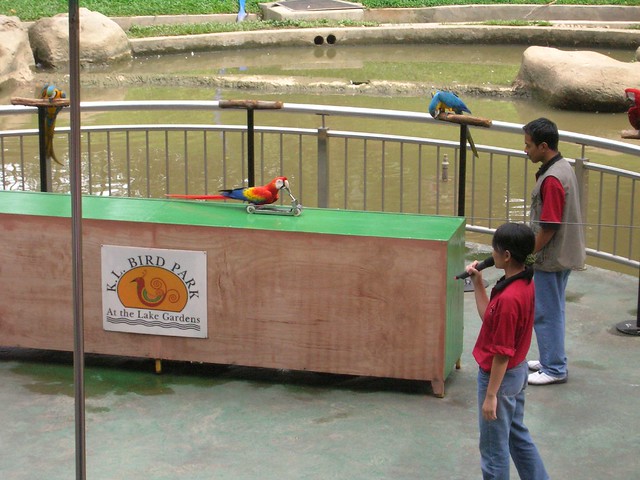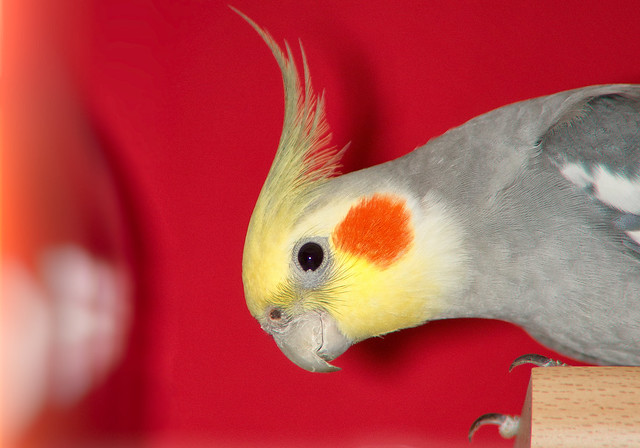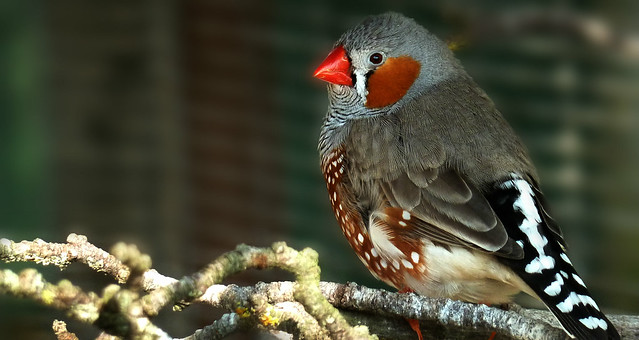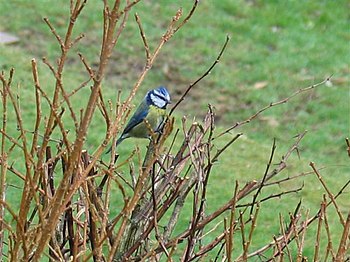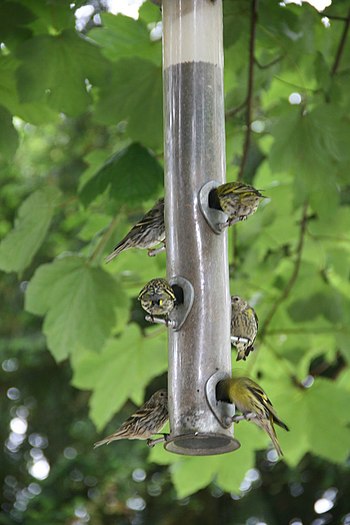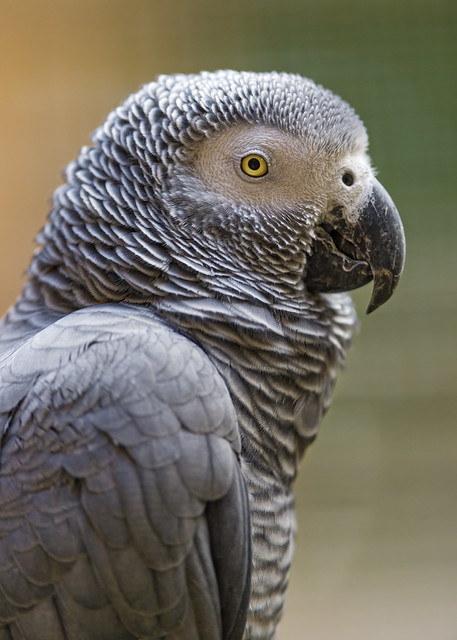 |
| Birdwatchers in Central Park, New York City (Photo credit: Wikipedia) |
The quality of the optics in bird binoculars is exceptionally important if you want to ensure maximum enjoyment out of the sport. In recent years the cost of bird binoculars with high-quality lenses has decreased and with the wider availability of affordable quality, binoculars have come to an increased interest in bird watching.
There are some great 8x32 and 8x42 bird binoculars around and the Canon 12x36 IS binoculars are increasing in popularity as they offer the option of high powered binos without the distortion that is experienced when high magnification non IS binoculars are handheld.
At the top end of the market, you have some serious bird binoculars such as the Swarovski 8.5x42 EL's or the Leica Ultravid 32 or 42 series. Some critics say that they aren't worth the price (at £1,000 +) but in reality, it really is a matter of opinion and it does depend on how serious you are about birding. As you head up the price range the added benefit between bird binoculars begins to decrease so it just depends on what value you place on certain extra features that make binos particularly special.
If you are looking at the top of the range check out the Leica Ultravid 8x42. The weight and balance is superb, you could use these for hours and they would still feel comfortable in your hand. As for the quality of the optics, just try them and see! If you can afford it they are well worth a look.
If you want something a bit cheaper then the Pentax DCF SP 8x43 or 8x32 make excellent bird binoculars. They come with phase-coated prisms and fully multi-coated lenses with a sophisticated optical design, they are waterproof, nitrogen filled and sealed and have a water repellent coating on all exposed lenses. A great buy at less than £400.
Steiner makes some brilliant bird binoculars such as the perfectly balanced 8x44 Steiner Discovery which comes with a comfortable balance system, high definition optics, Steiner Nano Environmental protection and fast close focus. Or, if you want something smaller and cheaper then the Steiner Wildlife Pro is an immensely popular bird binocular, particularly the mid-size 8x30 which has a wide field of view making it ideal for following fast moving objects.
Image stabilizing is an excellent feature to have for many applications. Some find the Canon 10x42 IS binoculars rather heavy at1030g with many birders opting for the more powerful but lighter and cheaper option of the 12x36's (660g but not waterproof and they don't have the L series lenses that are featured in the 10x42's).
Another great bird binocular is the Nikon High Grade, with advanced lens and prism construction which produces exceptionally clear, sharp images and excellent color reproduction. Every model is waterproof and is made with environmentally friendly materials. Prices start at around £300 up to around £1,000 (available in both full size and compact binoculars).
If you are looking for something in a lower price bracket then the Nikon Monarch is a popular choice, with multi-coated lenses, phase correction coated prisms, high eyepoint design with long eye relief (ideal for spectacle wearers) and lightweight body. They are waterproof, fog-free and shock resistant, all for around £200. Just don't compare them against the Swarovski or the Leica's!
|



